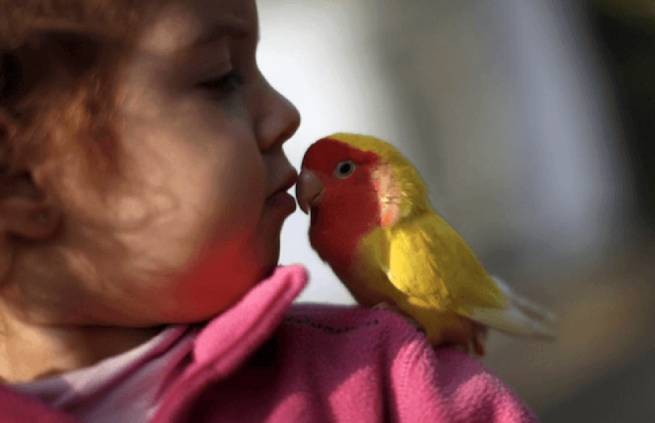There is an outbreak of “parrot fever” in Europe: this year, according to WHO, five deaths have already been recorded.
This is a bacterial infection called psitacosis, it is transmitted from birds to humans and affects the respiratory system. How writes CNN, sick people most often came into contact with wild or domestic birds.
The disease is not new. In AustriaFor example, two cases of “parrot fever” are reported annually. However, in 2023, 14 cases were registered, and this year there are already four. All of them are not connected to each other, and none of the patients reported travel abroad.
In Denmark Typically, 15 to 30 cases are reported each year. Mainly among poultry owners or amateur ornithologists. According to WHO, as of February 27, 23 cases have already been confirmed, but health officials suspect that the actual number is much higher. Seventeen Danes were hospitalized, fifteen of them were diagnosed with pneumonia, and four died. One person became infected from poultry, and twelve patients reported contact with wild birds, mostly at bird feeders.
In Germany There were fourteen confirmed cases of “parrot fever” last year. Five have already been discovered this year. Almost all patients fell ill with pneumonia.
In Sweden An increase in the number of cases of “parrot fever” has been observed since 2017. At the end of November and beginning of December last year, 26 cases were registered, and in two months of 2024 there are already thirteen.
In the Netherlands From the end of December to the end of February, 21 people fell ill, which is twice as many as during the same period in previous years. Typically, there are about 9 cases of “parrot fever” per year in the country.
What is “parrot fever”? Psitacosis is a zoonotic infectious disease caused by the bacteria Chlamydia psittaci, found in wild and domestic birds. According to the U.S. Centers for Disease Control and Prevention, humans usually become infected through the excretions of infected birds. You can also get sick if the bird bites a person or “kisses” (that is, the beak comes into contact with the person’s mouth).
To prevent illness, good hygiene must be observed when handling birds and cleaning their cages. The good news for poultry owners is that the disease is not spread by eating infected animals. Transmission of the virus from person to person is possible, but rare.
More often, the causative agent of the disease is carried by parrots, chickens, turkeys, pigeons, and ducks. Infected birds may be lethargic, tremble, and have difficulty breathing. Discharge from the eyes or nose, diarrhea, and discolored or different shades of green droppings may also indicate the disease. Infected birds may not appear sick but still shed bacteria when they breathe or defecate.
Most people who become infected with parrot fever have a mild form of it. Signs of infection appear 5-14 days after contact with a sick bird. Symptoms of “parrot fever” in humans:
- headache;
- muscle pain;
- dry cough;
- fever and chills;
- nausea and vomiting;
- diarrhea;
- weakness;
- chest pain;
- dyspnea.
Psitacosis can be mild, but can lead to pneumonia, intoxication and damage to the respiratory system. If you consult a doctor in a timely manner, the disease is rarely fatal to a person. The infection can be treated with antibiotics, which must be prescribed by a doctor.
Important! This material is based on the latest and most current scientific research, is for informational purposes only and cannot serve as a basis for establishing a medical diagnosis. To establish a diagnosis and receive treatment, be sure to consult a doctor.







More Stories
Tariffs for "green electricity": detailed prices by suppliers for May
Child Benefit: Find out when the application platform will be temporarily closed
Greek Police: "Pyrotechnics for Easter are not toys for you"